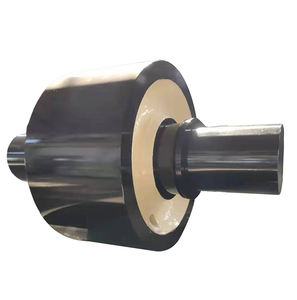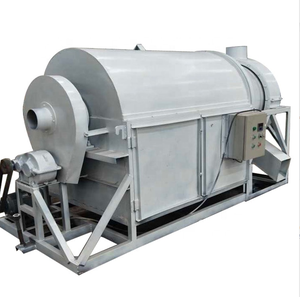Importing heavy machinery from China to the USA is a complex process that requires meticulous planning, adherence to regulatory requirements, and strategic coordination with multiple stakeholders. As a mechanical engineer involved in procurement or logistics, understanding the technical, legal, and logistical aspects of this process is critical to ensuring a seamless transition from supplier to end-user. Below is a step-by-step guide to navigating the challenges of importing heavy machinery from China to the USA.
(how to import heavy machinery from china to in usa)
**1. Regulatory Compliance and Documentation**
The first step is to ensure compliance with both Chinese export and U.S. import regulations. Heavy machinery often falls under strict oversight due to safety, environmental, and trade policies. In the USA, the Department of Commerce, Customs and Border Protection (CBP), and agencies like the Occupational Safety and Health Administration (OSHA) may impose specific standards. Verify that the machinery meets U.S. safety certifications (e.g., ANSI, NFPA) and environmental guidelines (e.g., EPA emissions standards). In China, confirm that the supplier provides a CE mark (if applicable) and complies with International Organization for Standardization (ISO) requirements.
Key documents include a commercial invoice, bill of lading, packing list, and certificate of origin. For customs clearance, ensure the Harmonized System (HS) code is accurately classified to determine applicable tariffs. Engage a licensed customs broker to navigate complex duty structures and avoid delays.
**2. Supplier Verification and Contract Negotiation**
Selecting a reliable Chinese manufacturer is paramount. Conduct due diligence by reviewing supplier credentials, past projects, and client testimonials. Request factory audits or third-party inspections (e.g., SGS, Bureau Veritas) to verify quality control processes. Negotiate incoterms (e.g., FOB, CIF, EXW) to clarify responsibilities for shipping, insurance, and risk transfer. FOB (Free on Board) is commonly preferred, as it allows the importer to control freight and insurance costs. Include warranty terms, technical support, and penalties for delays in the contract.
**3. Logistics and Transportation Planning**
Heavy machinery often requires specialized logistics due to oversized dimensions and weight. Sea freight is the most cost-effective method for large equipment. Work with a freight forwarder experienced in handling heavy lifts to select appropriate container types (flat racks, open tops) or breakbulk shipping. For extremely large components, consider Roll-on/Roll-off (Ro-Ro) services. Confirm port capabilities at both origin and destination—Chinese ports like Shanghai or Ningbo and U.S. ports like Los Angeles or Houston are well-equipped for heavy cargo.
Factor in lead times, which can range from 30 to 60 days. Secure marine insurance covering damage, loss, or delays. Calculate landed costs, including freight, duties, taxes, and inland transportation to the final destination.
**4. Customs Clearance and Duties**
Upon arrival in the USA, the machinery must clear customs. Submit all required documents to CBP, including the Importer Security Filing (ISF) for ocean shipments. Pay applicable duties, which vary based on HS code classification. Machinery not meeting U.S. standards may be subject to holds or re-exportation. Partner with a customs broker to address potential issues, such as anti-dumping duties or Section 301 tariffs on Chinese goods.
**5. Post-Import Compliance and Installation**
After clearance, arrange for inland transportation using specialized carriers. Inspect the machinery for damage and verify compliance with contractual specifications. Depending on the equipment, OSHA may require additional safety modifications or certifications. Retain documentation for warranty claims and future audits. Coordinate with the supplier for onsite assembly, technical training, or troubleshooting.
**6. Mitigating Risks and Challenges**
Common pitfalls include underestimating costs, misclassifying HS codes, and inadequate insurance coverage. Language barriers and time zone differences can complicate communication with Chinese suppliers. Engage legal counsel to address contract disputes and consider trade credit insurance to protect against supplier insolvency.
(how to import heavy machinery from china to in usa)
In conclusion, importing heavy machinery from China demands a multidisciplinary approach integrating engineering knowledge, regulatory expertise, and supply chain management. By prioritizing compliance, supplier reliability, and end-to-end logistics planning, mechanical engineers can ensure successful procurement and operational efficiency. Continuous collaboration with freight forwarders, customs brokers, and legal advisors is essential to mitigate risks and optimize the import process.


